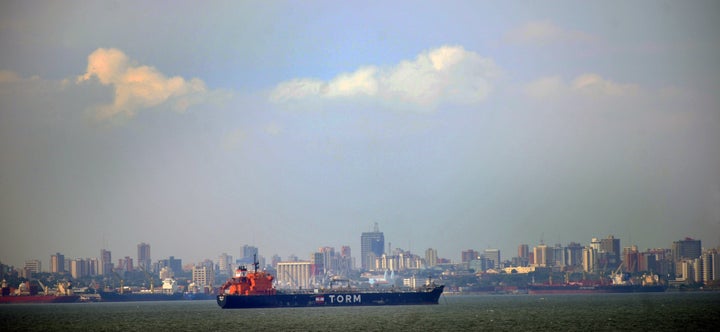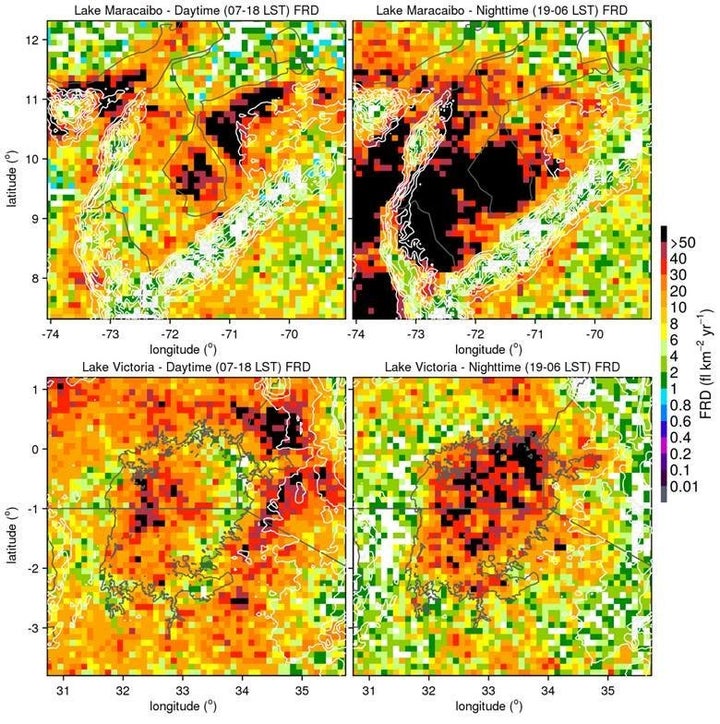Love a good thunderstorm? Then head over to Lake Maracaibo in Venezuela, which has been crowned the lightning capital of the world.
The skies above South America's largest water body are lit up 297 nights per year, according to a new study. That's around four evenings out of every five.
Each square kilometer of the lake receives around 233 flashes per year. The natural light show peaks in September.

The 5,100 square mile body of water, located in northwest Venezuela, unseats Africa's Congo Basin as the location of maximum lightning activity on Earth.
But Africa is still home to six of the world's top 10 areas for lightning activity -- including Lake Victoria, whose basin countries are Kenya, Uganda and Tanzania.
The study was conducted by scientists from NASA's Marshall Space Flight Center, the University of Sao Paulo, the University of Maryland, the National Oceanic Atmospheric Administration and the University of Alabama in Huntsville.
They used observations from the Lightning Imaging Sensor (LIS) onboard NASA’s Tropical Rainfall Measuring Mission satellite. Their preliminary results were published in the Bulletin of the American Meteorological Society in February, and released by NASA in a statement on Monday.

"Lake Maracaibo has a unique geography and climatology that is ideal for the development of thunderstorms," said Dennis Buechler, from the University of Alabama in Huntsville, adding that the storms formed over the lake when breezes from the Andes developed and converged over the water's moist air.
Richard Blakeslee, LIS project scientist at NASA's Marshall Space Flight Center, said lightning flash rate density could now be observed "in very fine detail on a global scale," which allowed "policy makers, government agencies and other stakeholders to make more informed decisions related to weather and climate."
"Our research using LIS observations in new ways is a prime example of how NASA partners with scientists all over the world to better understand and appreciate our home planet," Blakeslee added.
